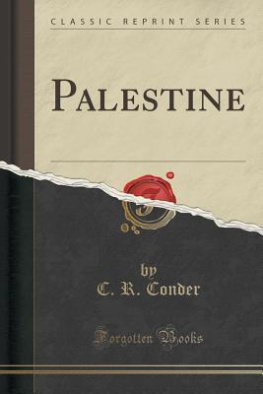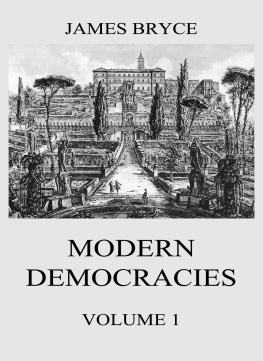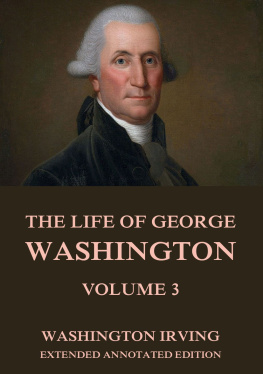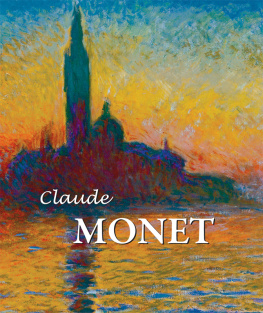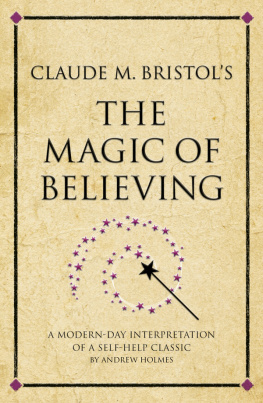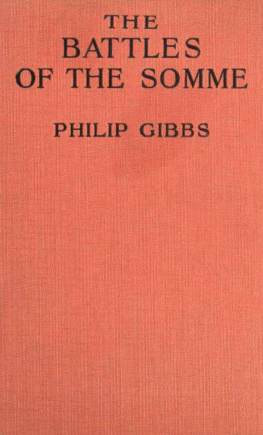Claude Reignier Conder - Palestine (Classic Reprint)
Here you can read online Claude Reignier Conder - Palestine (Classic Reprint) full text of the book (entire story) in english for free. Download pdf and epub, get meaning, cover and reviews about this ebook. year: 2009, publisher: Forgotten Books, genre: Religion. Description of the work, (preface) as well as reviews are available. Best literature library LitArk.com created for fans of good reading and offers a wide selection of genres:
Romance novel
Science fiction
Adventure
Detective
Science
History
Home and family
Prose
Art
Politics
Computer
Non-fiction
Religion
Business
Children
Humor
Choose a favorite category and find really read worthwhile books. Enjoy immersion in the world of imagination, feel the emotions of the characters or learn something new for yourself, make an fascinating discovery.
- Book:Palestine (Classic Reprint)
- Author:
- Publisher:Forgotten Books
- Genre:
- Year:2009
- Rating:4 / 5
- Favourites:Add to favourites
- Your mark:
- 80
- 1
- 2
- 3
- 4
- 5
Palestine (Classic Reprint): summary, description and annotation
We offer to read an annotation, description, summary or preface (depends on what the author of the book "Palestine (Classic Reprint)" wrote himself). If you haven't found the necessary information about the book — write in the comments, we will try to find it.
Palestine (Classic Reprint) — read online for free the complete book (whole text) full work
Below is the text of the book, divided by pages. System saving the place of the last page read, allows you to conveniently read the book "Palestine (Classic Reprint)" online for free, without having to search again every time where you left off. Put a bookmark, and you can go to the page where you finished reading at any time.
Font size:
Interval:
Bookmark:
| Every attempt has been made to replicate the original as printed. The follow the text. |
| Some images have been moved out of paragraphs for easier reading. |
| (etext transcriber's note) |
| In certain versions of this etext, in certain browsers, clicking on this symbol enlarge-image will bring up a larger version of the image. Clicking on the larger symbol that appears over certain maps enlarge-image will bring up a very much larger version (approx. 3mb). |
and Explorations.
enlarge-image
(From a MS. of the 13th Century in the Burgundian Library at Brussels.)
MAJOR C. R. CONDER, D.C.L., R.E.
LEADER OF THE PALESTINE EXPLORING
EXPEDITION.
NEW YORK
DODD, MEAD & COMPANY
Publishers
| CHAP. | PAGE |
| EXPLORATIONS IN JUDEA | |
| THE SURVEY OF SAMARIA | |
| RESEARCHES IN GALILEE | |
| THE SURVEY OF MOAB | |
| EXPLORATIONS IN GILEAD | |
| NORTHERN SYRIA | |
| THE RESULTS OF EXPLORATION | |
| : | |
| INDEX OF OLD TESTAMENT SITES IDENTIFIED IN PALESTINE | |
| INDEX OF NEW TESTAMENT SITES IDENTIFIED IN PALESTINE |
| FULL-PAGE ILLUSTRATIONS. | |
| 1. | A Pictorial Map of Jerusalem and the Holy Land for the use of Pilgrims (from a MS. of the 13th Century in the Burgundian Library at Brussels) |
| 2. | The Plain of Jericho, as seen from Ai |
| 3. | The Dead Sea (view S.E. of Taiyibeh) |
| 4. | Alphabets of Western Asia |
| 5. | Jebel Sannin (Lebanon) |
| ILLUSTRATIONS IN TEXT. | |
| Portrait of Dr. Robinson (from a photograph) | |
| Portrait of Sir C. Wilson (from a photograph by Maull & Fox) | |
| Portrait of Sir C. Warren (from a photograph) | |
| Desert of Beersheba | |
| Kurn Sartaba | |
| The Jordan Valley (Esh el Ghurab) | |
| A Camp in the Jordan Valley | |
| Mount Tabor | |
| Carmel | |
| Nain | |
| The Sea of Galilee | |
| Krak des Chevaliers (Kalat el Hosn) | |
| Moab Mountains from the Plain of Shittim | |
| A Dolmen west of Heshbon | |
| View of Dead Sea from Mount Nebo | |
| Hittites from Abu Simbel | |
| Hamath Stone, No. 1 | |
| MAPS (Printed in Colours). | |
| General Map of Palestine | facing page |
| Physical Map of Palestine | |
| Geological Map of Palestine | |
| Palestine as divided among the Twelve Tribes | |
| Palestine | |
| The Kingdom of Jerusalem, showing the Fiefs, about 1187 A.D. | |
| Modern Palestine, showing the Turkish Provinces | |
| MAPS IN TEXT. | |
| Palestine and Syria according to Ptolemy, c. 100 A.D. | |
| A Section of Peutingers Table | |
| Marin Sanutos Map of the Holy Land, 1321 | |
| The Holy Land, from the Atlas of Ortelius, c. 1591 |
enlarge-image
enlarge-image
Font size:
Interval:
Bookmark:
Similar books «Palestine (Classic Reprint)»
Look at similar books to Palestine (Classic Reprint). We have selected literature similar in name and meaning in the hope of providing readers with more options to find new, interesting, not yet read works.
Discussion, reviews of the book Palestine (Classic Reprint) and just readers' own opinions. Leave your comments, write what you think about the work, its meaning or the main characters. Specify what exactly you liked and what you didn't like, and why you think so.

